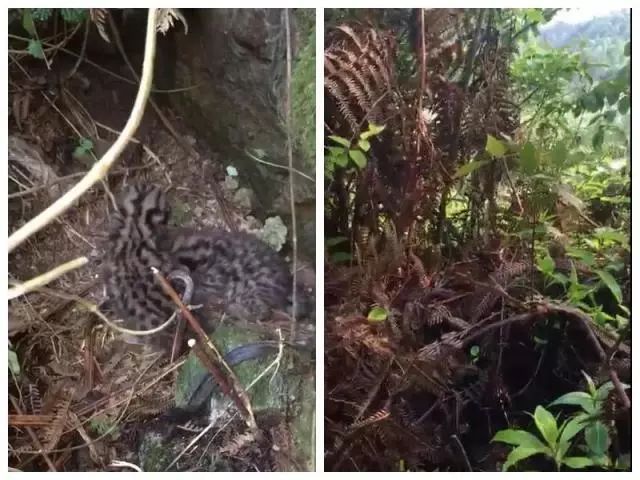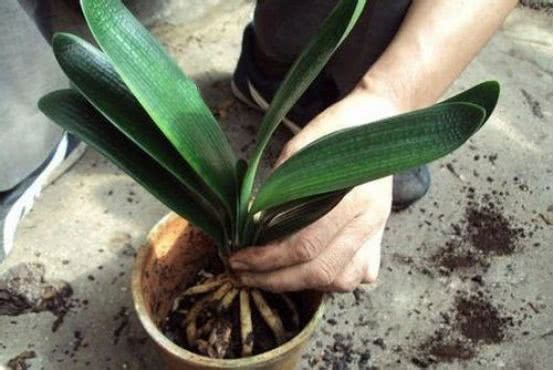Big paulownia blossoms with various colors. You should pay attention to these points if you want to raise a good pot of paulownia.

Paulownia, also known as snow mud, its branches are relatively short, and the flowers are rich and varied, usually growing green leaves, when its flowering comes, patches of paulownia show a colorful scene, is a good indoor ornamental plant. Because its flowers are in full bloom for a long time, it is suitable to be cultivated on the balcony or decorated indoors, so if you choose a small variety of paulownia, it will also have a lot of advantages to cultivate a potted plant and put it in the bedroom for air purification.
First, the planting of paulownia
Family planting paulownia generally choose to propagate by cutting, which not only has a higher survival rate, but also grows faster than other propagation methods.
Usually on another tree with good growth, the relatively green branches are selected as the cutting material, and the old branches are generally not selected for cutting, because the aging branches make the success rate of cutting lower, and the cultivated plants grow more slowly at the same time. In addition, when cutting branches, the length should be moderate, generally about 10 cm, too long or too short is not conducive to plant growth.
Before the plants take root and sprout, it is not suitable to grow in the sun, generally put the potted plants in a cool place, and then water the potted plants appropriately. Usually after 15-20 days, the plant can grow several true leaves, and the plant can be transplanted and planted at this time.
II. Maintenance of paulownia paniculata
1. Light
Paulownia, as one of the semi-negative plants, only needs proper astigmatism in the process of plant growth, and it is not suitable to grow under strong or direct light, otherwise the leaves of the plant are easy to be burned. affect the good development of the plant, and inhibit its growth at the same time.
In autumn and winter, potted plants can grow under good light, so the sun is warmer at this time, so it is not easy to affect plants, and sufficient light plays an important role in flowering and flowering of plants. it can prolong the flowering period and improve the flowering quality.
two。 Watering
For big rock tree, watering is a very important thing to pay attention to. Due to the particularity of its own constitution, if the leaves of plants are stained with water for a certain period of time, it is easy to cause the decay of leaves, leading to the shedding of leaves and the excessive growth of branches. Therefore, in the daily watering process, it is necessary to avoid water on the leaves and add water from the edge of the potted plants. at the same time, in Rain Water's more seasons, the potted plants should be placed in a cool and ventilated place in advance to grow.
It is usually watered every 3-5 days, and if the temperature is high, it can be watered every 1-2 days, and water fog is sprayed around the plants to improve the air humidity of the environment, which is beneficial to the growth and development of paulownia.
3. Fertilizer application
Paulownia is suitable to grow in fertile soil, if the lack of nutrients, the plant is easy to cause stunting, and the leaves are easy to yellowing, at the same time to ensure that the soil is slightly acidic, generally choose humus soil as the main culture soil, plus a small amount of river sand or garden soil.
Like watering, it is necessary to avoid touching the plant itself when fertilizing, otherwise the plant is easy to burn, fertilization is mainly nitrogen fertilizer, usually once in 10-15 days, especially before the flowering of the plant, in order to ensure the ornamental when the flowers are in full bloom, usually several times of topdressing, fertilization every other week or so, until the end of the flowering period of the plant can be stopped.
- Prev

Be kind enough to save the abandoned animals? In fact, you may have hurt them.
Wildlife rescue is not a simple matter, this article may not solve all your questions, if you want to know more about wildlife rescue knowledge & story, welcome to sign up for this Friday's online lecture, calendar invitation.
- Next

The pots of these four kinds of flowers should be changed every other year, or the potted soil will be eaten out. No wonder they can't be raised well.
It can be said that growing flowers is a new fashion, and now more and more people join our team of growing flowers. There are many benefits of growing flowers, decorating the indoor environment and purifying the indoor air, but also add a little bit to our boring and busy life.
Related
- Wuhan Hospital Iron Tree Blooming Result Was Instantly Frightened by the Gardener Master
- Which variety of camellia is the most fragrant and best? Which one do you like best?
- What is the small blue coat, the breeding methods and matters needing attention of the succulent plant
- Dormancy time and maintenance management of succulent plants during dormancy
- Minas succulent how to raise, Minas succulent plant pictures
- What are the varieties of winter succulent plants
- How to raise succulent plants in twelve rolls? let's take a look at some experience of breeding twelve rolls.
- Attention should be paid to water control for succulent plants during dormant period (winter and summer)
- Watering experience of twelve rolls of succulent plants
- Techniques for fertilizing succulent plants. An article will let you know how to fertilize succulent plants.

